Phone Number
(+91) 8655358999
We provide online chemical analysis systems for complete process control. Our systems automatically sample, analyze, report, and Replenish process streams and tanks. Optimize your process with a wide range of reliable analytical systems for liquid & process gas applications and reduce costs with full-service integration capabilities. Proven in projects around the globe, our portfolio includes custom engineered solutions and standardized application packages. Gain access to a complete line of more than 100 different analyzers, including Rosemount & third-party analyzers for integration into larger systems. These systems are backed by over 60 years of analytical expertise across thousands of process installations in many industries, including oil & gas, chemical, water & wastewater, and power.
The membrane-covered amperometric sensor is used to measure the total chlorine concentration in water. The sensor also measures "free chlorine" from anorganic chlorine products (chlorine gas, hypochlorite, etc.) and "combined chlorine" (e.g. chloramine). This sensor can only be used in media with drinking or swimming pool water quality. Typical areas of application include swimming pools and monitoring of drinking water.
A pH measurement loop is made up of three components, the pH sensor, which includes a measuring electrode, a reference electrode, and a temperature sensor; a preamplifier; and an analyser or transmitter. A pH measurement loop is essentially a battery where the positive terminal is the measuring electrode and the negative terminal is the reference electrode.
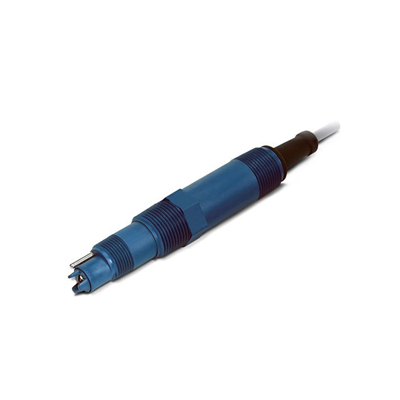
Chemical industry:Process water, high process pressures up to 13 bar, broad temperature range up to 135 ┬░C, and wide pH range from pH 0 to pH 14
Industrial wastewater engineering:Process wastewater, wastewater with highly contaminated media (oily contents, electrode poisons)
Optical dissolved oxygen sensors feature replaceable caps containing the sensing element: a special dye that will luminesce (glow red) when exposed to light of a particular wavelength. The dye is covered by an oxygen permeable paint layer, which allows oxygen molecules to interact with the dye, while protecting it from other sample constituents. Oxygen interferes with the dyeŌĆÖs luminescence (intensity and lifetime).
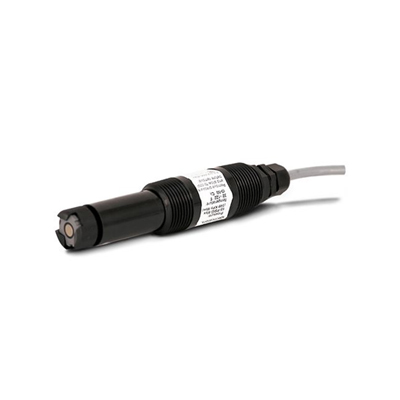
Communal and industrial waste water treatment plants, Drinking water monitoring, Protection of water bodies, Fish keeping/hatchery plants, Technical processing plants
Conductivity sensors are used in conjunction with conductivity transmitters to define the electrolytic conductivity in liquids. The materials in the sensors are physiologically harmless and meet FDA requirements.
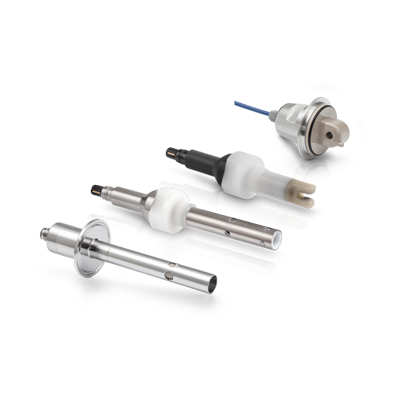
Rinsing processes in these industries: food technology, beverage technology, pharmaceutical, biotechnology, Ion exchange plants, Phase separation, Bottle cleaning plants, Process water monitoring
General water hardness is related to the dissolved minerals in the water. General hardness is a misleading term that is often confused with carbonate hardness or temporary hardness, which is actually related to alkalinity and relates to the "buffering capacity" of the water (its ability to resist pH changes). This means that if the carbonate hardness is high then the pH will be extremely stable or alternatively if the carbonate hardness is low the pH of the water will be able to fluctuate easily. The term general hardness should be replaced with a simpler term: Hardness.
Water hardness is the measurement of the amount of ions which have lost two electrons (divalent cations) dissolved in the tested water and is therefore, related to total dissolved solids. The more divalent cations dissolved in the water the "harder" the water
ORP is measured using an electrochemical sensor called an ORP or REDOX sensor. Similar to to pH sensors, the most common type of ORP sensor is a combination sensor with a measuring electrode and a reference electrode. The measuring cell, typically a noble metal like platinum or gold, detects changes in REDOX potential, while the reference provides a stable comparison signal.
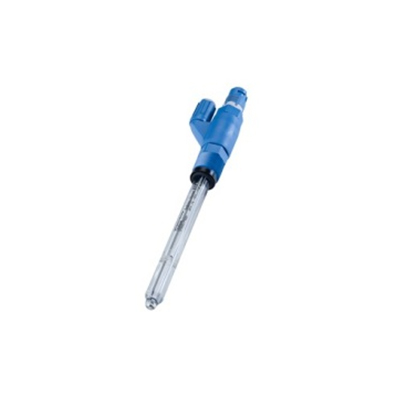
With platinum cone, Chromate reduction, Nitrite oxidation, Swimming pool and drinking water disinfection
Turbidity sensors measure the amount of light that is scattered by the suspended solids in water. As the amount of total suspended solids (TSS) in water increases, the waterŌĆÖs turbidity level (and cloudiness or haziness) increases. Turbidity sensors are used in river and stream gaging, wastewater and effluent measurements, control instrumentation for settling ponds, sediment transport research, and laboratory measurements.
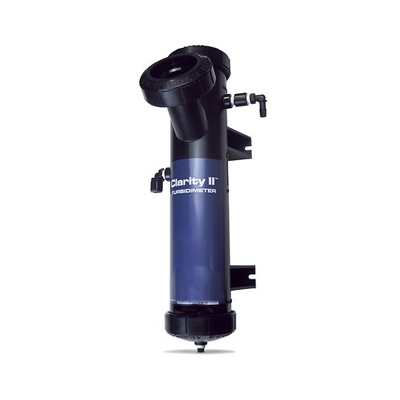
Process monitoring in the treatment of drinking water and wastewater, Municipal and industrial sewage treatment plants, Monitoring of bodies of water, Fish farming companies